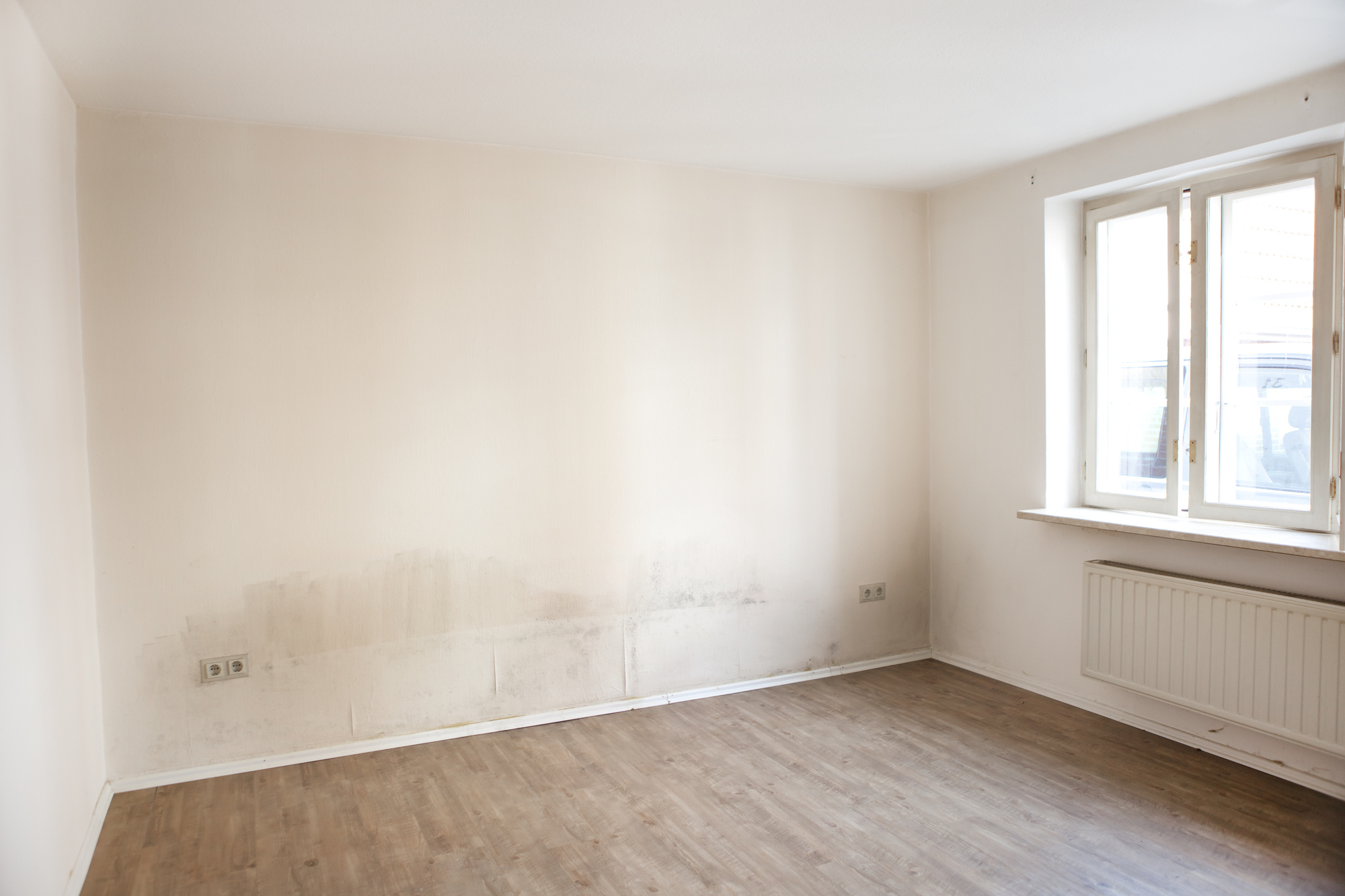Part of owning a rental property means taking care of the regular wear and tear of having full-time tenants. But, how can you tell the difference between expected wear and tear and unnecessary damage caused intentionally or through tenant negligence? This issue is a frequent cause of tension between landlords and tenants, so understanding how to tell the difference can help you avoid conflict and quickly restore your property.
What’s Considered Normal Wear and Tear
The definition of “normal” wear and tear is subjective, and each property owner may have their own idea of what is and is not acceptable. Plus, the age and condition of the property when the tenants move in are also important factors to keep in mind.
For instance, US Legal defines wear and tear as “unavoidable deterioration in the dwelling and its fixtures resulting from normal use”. This definition may vary depending on the jurisdiction and specific lease agreement. However, some good examples of what normal wear and tear can look like include:
Worn flooring and carpets
Cracked paint
Loose cabinet hardware
Minor scuffs and marks on the walls
Warped doors and windows from moisture
Nail holes from wall hangings
Light scratches on appliances and countertops
Loose grout in bathroom or kitchen tiles
The landlord is typically responsible for making and paying for these repairs. These are considered part of their regular maintenance costs, and landlords should expect to make a certain amount of minor repairs between tenants. In general, the longer a tenant rents out a property, the more wear and tear is expected.
What’s Considered Property Damage
On the other hand, property damage is caused by the tenant's intentional harm or neglect. It goes beyond what’s expected from normal use of the property and often costs much more to repair. Plus, damages can make the property less valuable and harder to rent out to new tenants in its current condition.
Just as it’s hard to determine what normal wear and tear is, it can also be equally difficult to agree with tenants on what is considered avoidable property damage. Here are some common examples of property damage in a rental property:
Excessive staining in carpets
Broken or missing floor tiles
Missing blinds, appliances, or other property
Broken windows and screens
Damaged plumbing
Neglected landscaping
Large dents or holes in walls
Tenants are often responsible for property damage repairs, which may result in the total or partial withholding of their security deposit.
Final Thoughts
Instances of excessive property damage can be cut and dry. However, it’s more common for property owners to struggle to distinguish between expected wear and tear and intentional harm or neglect.
It’s important to openly communicate with tenants about what type of wear and tear you will repair and what they will be responsible for. This way, you can prevent unnecessary damage and avoid conflict with your tenants.
–
Written by Bailey Schramm






